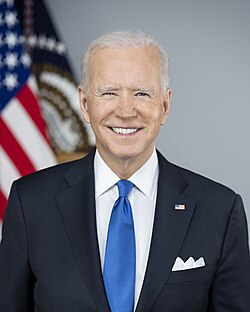This article may be too long to read and navigate comfortably.(February 2024) |
| |||||
| Decades: | |||||
|---|---|---|---|---|---|
| See also: | |||||
The following is a list of notable events, births and deaths from 2020 in the United States.
Contents
- Incumbents
- Federal government
- Governors
- Lieutenant governors
- Demographics
- Ongoing events
- Events
- January
- February
- March
- April
- May
- June
- July
- August
- September
- October
- November
- December
- Deaths
- January 2
- February 2
- March 2
- April 2
- May 2
- June 2
- July 2
- August 2
- September 2
- October 2
- November 2
- December 2
- See also
- Country overviews
- Related timelines for current period
- Specific situations and issues
- References
- External links
The US was heavily impacted by the COVID-19 pandemic, which by the end of the year killed over 300,000 people within American borders. America also became a political battleground for various issues, with various instances of racism and more so police brutality commencing a wide movement of racial unrest and the George Floyd protests. The year has been characterized by some as among the most tumultuous in American history. [1] [2]
Donald Trump was a central figure to American politics during his final full year of his first term as president, which saw not only the pandemic and racial unrest but also Trump's first impeachment trial and the appointment of Amy Coney Barrett to the Supreme Court. While Trump lost the 2020 election to former Vice President Joe Biden, he disputed the result of the election, and his efforts to overturn the election continues for years. Even after his 2025 inauguration he continued to make claims that the election was stolen. [3]















































